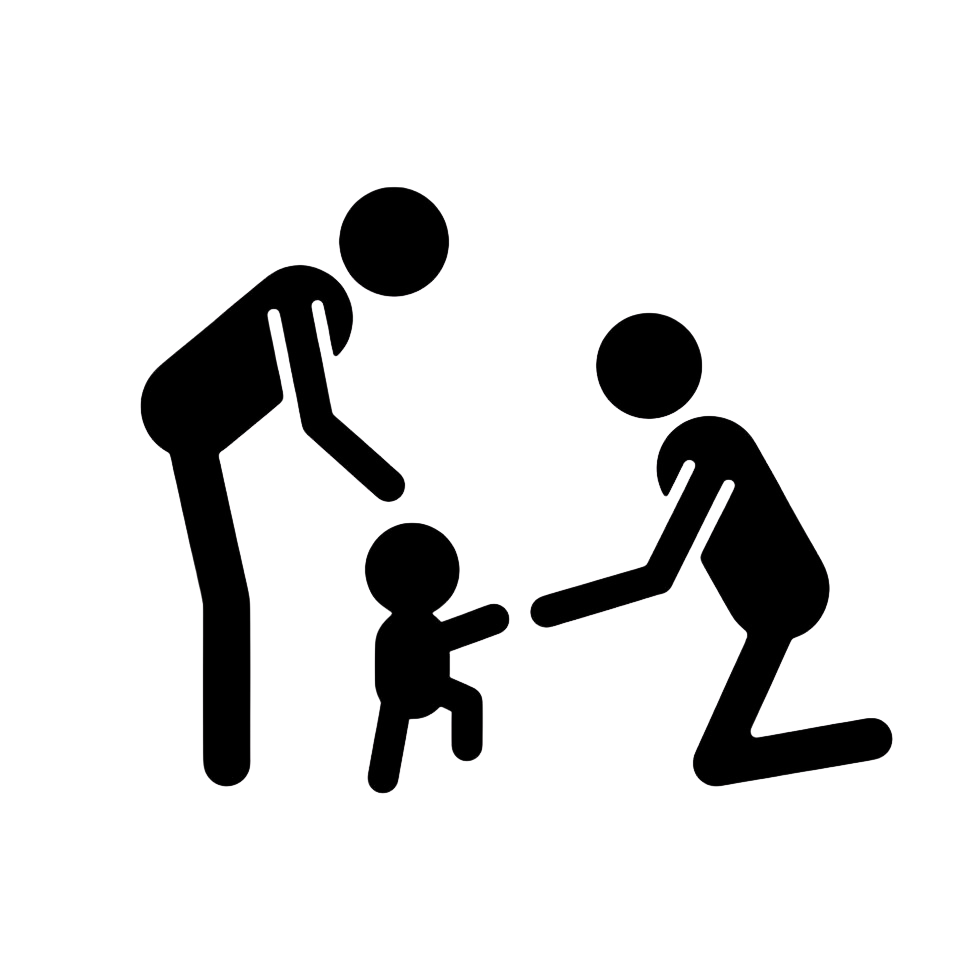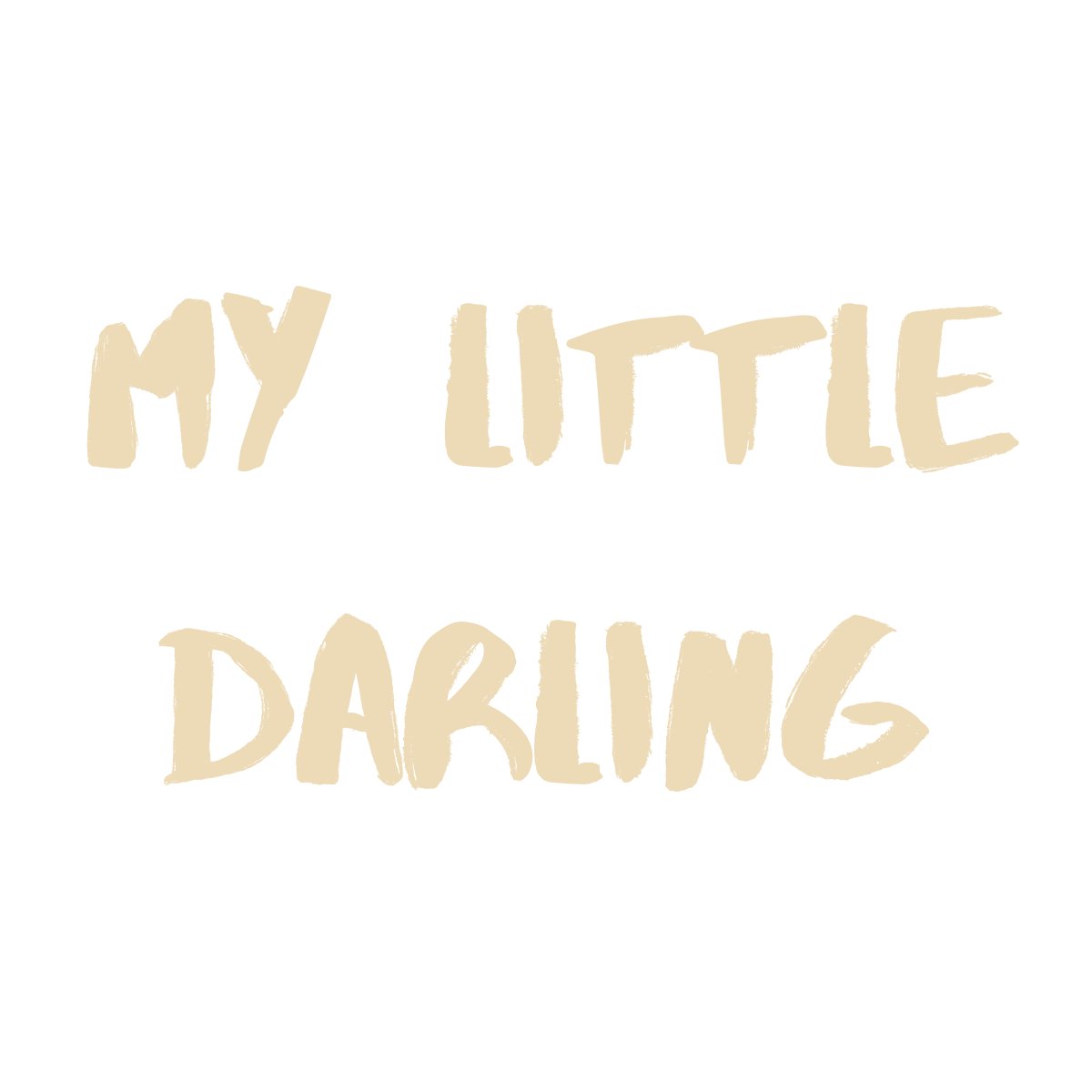Understanding the benefits of soft building blocks
Promotes sensory exploration
Okay, so soft blocks? They're not just cute. Think about it – babies and toddlers are all about touch. Soft blocks are perfect because they're squishy, textured, and sometimes even crinkly or have different sounds inside. It's a whole sensory experience that helps them learn about the world.
Encourages creativity and imagination
My kid could spend hours with these things. They aren't just blocks; they're castles, towers, or even pretend food. It's amazing to watch their little minds work. Soft blocks are great because there are no rules. They can build whatever they imagine, which is pretty cool for their creative development.
Supports fine motor skills development
Those little hands need practice! Grabbing, stacking, and manipulating soft blocks is awesome for developing fine motor skills. It helps them with hand-eye coordination and strengthens those tiny muscles. It might seem like simple play, but it's actually helping them get ready for things like writing and using utensils later on.
Safety features of soft building blocks
Non-toxic materials
When you're buying toys for little kids, you want to be super sure they're safe, right? Soft building blocks are usually made with materials that don't have any bad stuff in them. This means no lead, no BPA, and no phthalates. It's a big relief knowing your toddler can chew on them a little (because, let's be real, they will) without you having a total freak-out moment. The peace of mind is worth it.
Soft edges to prevent injuries
Okay, so we all know toddlers are basically walking, wobbly accident machines. That's why soft blocks are awesome. They don't have sharp corners or hard edges. If your kiddo trips and falls on them, it's way less likely they'll get hurt. It's not like stepping on a Lego – those things are evil! These blocks are designed to be gentle, which is a huge plus when you've got a clumsy little one running around.
Lightweight and easy to handle
These blocks are super light. Even the tiniest hands can pick them up, move them, and stack them. This is great because it means they can actually play with them without getting frustrated. Plus, if they decide to throw one (and they will), it's not going to do any damage. My nephew once chucked a wooden block at the TV, and let me tell you, that was a fun conversation with his parents. Lightweight blocks? Much better.
How soft building blocks enhance cognitive skills
Problem-solving through stacking
Okay, so it might seem simple, but stacking blocks is actually a pretty cool way for little ones to start figuring things out. They're learning about cause and effect every time they try to build a tower. If they don't place the block just right, bam, it all comes crashing down. It's trial and error at its finest, and they don't even realize they're learning!
Understanding balance and gravity
Speaking of crashing down, soft blocks are a super safe way for kids to get a feel for balance and gravity. They can experiment with different shapes and sizes, seeing how high they can build before things get wobbly. It's all about figuring out how to distribute the weight and keep everything stable. It's like a mini physics lesson, but way more fun.
Encouraging spatial awareness
Soft blocks can really help kids develop their spatial awareness. They start to understand how different shapes fit together, how much space things take up, and how to arrange things in relation to each other. It's like they're building a mental map of the world, one block at a time. Plus, it's a skill that'll come in handy later on, like when they're trying to pack all their toys into a box!
Social interaction through play

Encouraging cooperative play
Soft building blocks are awesome for getting kids to play together. It's way more fun to build a giant tower or a house when you've got a buddy helping out. Kids learn to share ideas and take turns, which is a big deal when they're still figuring out how to get along with others. My nephew and his friends spent a whole afternoon building a "castle" – it was a total mess, but they were so proud of it!
Building communication skills
When kids are building together, they have to talk to each other. They need to decide what they're building, who's doing what, and how to solve problems when things go wrong (and they always do!). It's a great way for them to practice using their words and listening to what others have to say. It's not always smooth sailing, but that's part of learning, right?
Fostering friendships and teamwork
Playing with soft blocks can really help kids make friends and learn how to work as a team. When they're all focused on the same goal, like building the tallest tower, they start to rely on each other. They learn that they can achieve more together than they could alone. Plus, it's just fun to celebrate a success with your friends!
Versatility of soft building blocks
Suitable for various play environments
Soft building blocks are great because you can use them just about anywhere. Seriously, think about it. You can bring them to the park, use them inside on a rainy day, or even take them in the backyard. They're super easy to move around and don't take up a ton of space, which is a win for parents. Plus, they're soft, so you don't have to worry too much about them scratching floors or furniture.
Adaptable for different age groups
What's cool about these blocks is that they grow with your kid. A really young toddler might just like to hold them and chew on them (safe ones, of course!). As they get older, they can start stacking them, and then eventually, they're building towers and little houses. It's amazing how long a simple set of blocks can keep a kid entertained as they develop new skills.
Encouraging open-ended play
I think the best part is that there are no rules. Kids can use these blocks however they want. They can build a castle, a car, or some weird abstract sculpture – it doesn't matter. It's all about letting them use their imaginations and figure things out on their own. Open-ended play is so important for kids because it helps them develop problem-solving skills and think creatively. It's way better than toys that only do one thing!
Choosing the right soft building blocks
Factors to consider when buying
Okay, so you're thinking about getting some soft building blocks. Awesome! But before you just grab the first set you see, there are a few things to keep in mind. First, think about the size of the blocks. Are they easy for your little one to grip? Too small, and they might be a choking hazard; too big, and they might be hard to manage. Also, what material are they made of? You want something that's easy to clean and will last a while. I mean, let's be real, these things are going to get slobbered on and thrown around.
Popular brands and options
There are tons of different soft block options out there. Some are just plain squares and rectangles, while others come in fun shapes like animals or letters. Some even have textures or crinkly sounds to add to the sensory experience. It really depends on what you're looking for and what your kiddo is into. Do a little digging and see what catches your eye. Read reviews, too! Other parents can give you the real scoop on what's worth the money.
Tips for maintaining and cleaning
Alright, let's talk about keeping those blocks clean. Because, trust me, they will get dirty. Most soft blocks can be wiped down with a damp cloth and some mild soap. But check the instructions that came with the blocks, just to be sure. Some might even be machine washable, which is a total win! Also, store them in a dry place to prevent any mold or mildew from growing. A mesh bag or a plastic bin works great.
Incorporating soft building blocks into daily play
Creating engaging play scenarios
Okay, so you've got these soft blocks, now what? Don't just leave them in a pile! Think about how to make playtime interesting. Maybe one day it's "build a tower as tall as you!" Another day, it's "let's make a house for your stuffed animals!" The key is to give them a little direction, but not too much. Let their imaginations take over after you get them started. I found that if I set up a little scene myself, like a mini-obstacle course, my kiddo would jump right in and start adding to it.
Combining with other toys
Soft blocks don't have to be a solo act. They play well with others! Got some toy cars? Build a garage or a race track. Have some dolls? Time to construct a castle! The blocks can be the foundation for all sorts of games. We even used them as "food" for a pretend picnic once. It was pretty silly, but my kid loved it. It's all about seeing what sparks their interest and running with it. I mean, who says blocks can't be pizza?
Setting up playdates with building challenges
Playdates are awesome for social skills, and soft blocks can be a great way to get kids interacting. Instead of just letting them loose, try a building challenge. Something like, "Who can build the tallest tower in five minutes?" or "Let's build a house together!" This encourages cooperation and communication. Plus, it's just fun to see what they come up with when they're working together. Just be prepared for some friendly competition – and maybe a few block-throwing incidents. It's all part of the fun, right?
Adding soft building blocks to your child's playtime can make a big difference! These blocks are not only fun but also help kids learn important skills like problem-solving and creativity. Try to include them in your daily activities, whether it's building towers or creating fun shapes. For more tips on how to make playtime educational and enjoyable, visit our website today!
Wrapping It Up
In the end, soft building blocks really are a fantastic choice for toddlers. They’re safe, easy to handle, and encourage creativity. Kids can stack them, knock them down, and build whatever their imagination dreams up. Plus, they help with motor skills and hand-eye coordination without any risk of injury. So, if you’re looking for that perfect first toy, you can’t go wrong with soft building blocks. They’re fun, educational, and just plain awesome for little ones!






